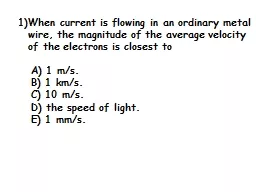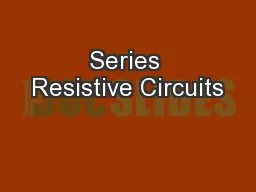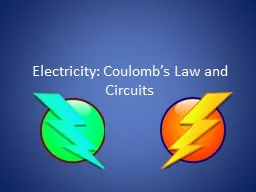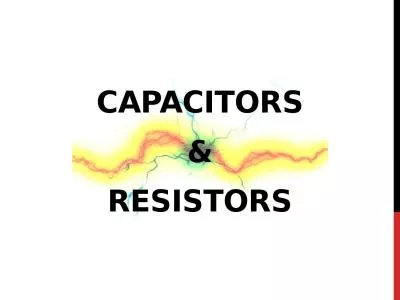PPT-Resistors How can we intentionally change the amount of resistance in our circuit?
Author : tatiana-dople | Published Date : 2018-11-25
Resistance Voltage Current is a function of these two What if we want to control the current or alter the voltage Change the Resistance How do we do this Which of
Presentation Embed Code
Download Presentation
Download Presentation The PPT/PDF document "Resistors How can we intentionally chang..." is the property of its rightful owner. Permission is granted to download and print the materials on this website for personal, non-commercial use only, and to display it on your personal computer provided you do not modify the materials and that you retain all copyright notices contained in the materials. By downloading content from our website, you accept the terms of this agreement.
Resistors How can we intentionally change the amount of resistance in our circuit?: Transcript
Download Rules Of Document
"Resistors How can we intentionally change the amount of resistance in our circuit?"The content belongs to its owner. You may download and print it for personal use, without modification, and keep all copyright notices. By downloading, you agree to these terms.
Related Documents














